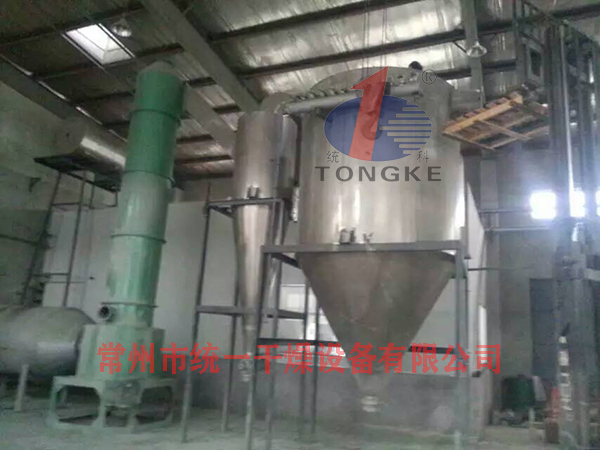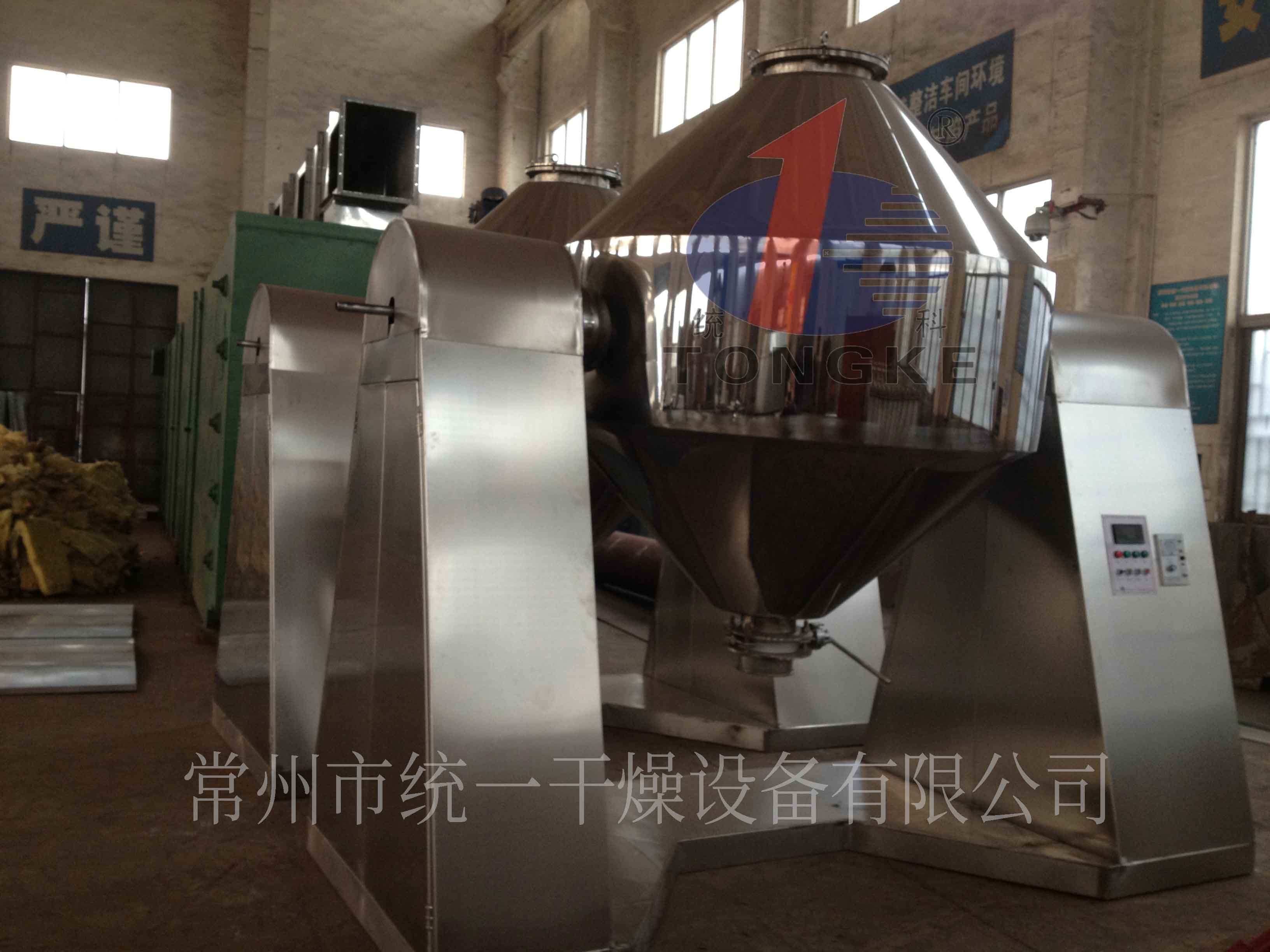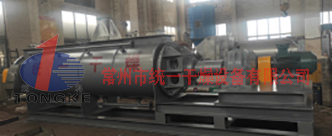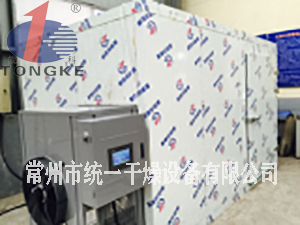谈及与煅烧炉的热量
信息来源: | 发布日期: 2013-01-06 00:00:00 | 浏览量:648126
一种旋转式煅烧炉由合金钢气缸内部旋转一个电动的或气体加热的炉。产品或材料贯穿该气缸,这是由一个外部驱动机构打开。以关闭的筒的端部,固定壳体使用...
几十年来,Heyl & Patterson已建成机器称为旋转式煅烧炉,在高温室的过程材料。煅烧炉的间接热源,保证在加工过程中热量和产品之间的完全分离。随着企业寻找材料,具有更细的颗粒大小和均匀的质量,这些机器已经升级的好处和满足他们的要求。
一种旋转式煅烧炉由合金钢气缸内部旋转一个电动的或气体加热的炉。产品或材料贯穿该气缸,这是由一个外部驱动机构打开。以关闭的筒的端部,固定壳体使用。上游住房,使制造商能够连接他们的给料设备,和下游的住房privides一个连接气体净化设备的收集和处理排放的蒸汽,从产品的。煅烧炉中,也可能包含的水喷雾冷却器冷却到安全温度,一旦它已经被处理的材料。
煅烧炉中进行高温处理(1000华氏度 - 2100华氏度),在其可控气氛。煅烧炉可用于:
氧化铁生产
贵金属回收
催化剂的制备
环境清理
特殊化学品
烘焙的木质生物质
煅烧炉是能够控制的确切的气氛要求的任何类型的材料。有了这项功能,分解炉能够提供增强的特性到成品。
的材料进料器连续地介绍了产品的气缸的内部。由于气缸的旋转,材料进入加热炉部分,用于热加工。在这个时候,在气缸内的气氛是在一个不断控制,预先确定的条件。在离开炉子之后,产品可以进入的冷却部,在那里它被冷却到所需的温度。^后,从煅烧炉排出,通过下游的住房。
煅烧炉的热源可以是电动的电阻线或燃料燃烧器。该热源加热的缸的表面上。反过来,气缸由从外部的辐射传热或间接热传递,并直接接触的产品,并在气缸的两侧的热表面加热的材料。
高炉热操作组,或区域。每个区域独立运作,并控制加热过程中的一个阶段。该阶段可以是:
干燥阶段 - 该产品的游离水分干燥
煅烧阶段 - 该产品的生产温度升高至
浸泡阶段 - 温度被保持在预设的时间,以完成该过程
冷却阶段 - 将产物冷却到安全温度的处理,一旦它已经被处理
此带状排列允许每个处理阶段独立行事,而不会不利地影响下面的阶段。作为一个例子,该产品的湿气可能会波动,需要更多的干燥煅烧阶段之前。增加的湿度水平炉,以提高干燥区中的热量输入的信号。因此,现有的材料已经被其设计条件相等的煅烧带,并没有改变该区域的运行效率。
煅烧炉的操作有几个重要的特点:
温度曲线 - 因为它有多个热输入,从炉的热输入可以匹配的热量需求的过程。这将导致在一个高登陆平均温度,这是在加热过程中的动能驱动力。保持高度数平均温差,减少了处理时间,提高了热效率。
间接加热源 - 因为热源从过程流中除去,该材料是理想的条件下。这提供了一个更均匀的高质量的产品。此外,气氛和压力可以被控制的各个阶段。
小截断气体系统 - 关闭气体处理设备被简化,更小和更便宜的,因为它的尺寸仅用于的过程气体的体积。热源直接排放到环境中,因为它们保持洁净和未受污染的过程。
回转煅烧炉提供:
有效的高温处理
高的传热率
^小化的设备的尺寸和成本
提高了产品质量的处理气氛的控制由于
减少对环境造成的风险低,治疗的气体体积
凭借其高效率和多功能性,分解炉是各种各样的专业应用的理想选择。 Heyl & Patterson的Renneburg部门工作回转煅烧炉试验厂测试实验室在匹兹堡,PA,可以决定^好的方式来实现所需的任何应用程序的结果。我们的测试实验室提供了几种可用的解决方案,在不同类型的热加工设备的形式。
For decades, Heyl & Patterson has built machines known as rotary calciners that process materials in a high-temperature chamber. The calciner's indirect heat source guarantees complete separation between heat and product during processing. As companies look for materials that have finer particle sizes and uniform quality, the benefits of these machines have escalated and meet their demands.
A rotary calciner consists of an alloy steel cylinder that rotates inside an electrically or gas heated furnace. The product or material runs through this cylinder, which is turned by an external drive mechanism. To close off the ends of the cylinder, stationary housings are used. The upstream housing allows manufacturers to hook up their feeding equipment, and the downstream housing privides a connection for off-gas cleaning equipment to collect and process the vapor that is emitted from the product. The calciner could contain a water spray cooler that cools the material to a safe temperature once it has been processed.
The calciner performs high-temperature processing (1000 degrees F - 2100 degrees F) within its controlled atmosphere. Calciners can be used for:
Iron oxide production
Precious metal recovery
Catalyst production
Environmental cleanup
Specialty chemicals
Torrefaction of wood biomass
The calciner is capable of controlling the exact atmosphere requirements of any type of material. With this capability, the calciner can provide enhanced characteristics to the finished product.
A material feeder continuously introduces the product to the inside of the cylinder. As the cylinder rotates, the material moves into the heated furnace section for thermal processing. At this time, the atmosphere inside the cylinder is at a constantly controlled, pre-determined condition. After exiting the furnace, the product could enter the cooling section where it is cooled to the desired temperature. Finally, it discharges from the calciner through the downstream housing.
The heat source for calciners is either electric resistive wires or fuel fired burners. The heat source heats the surface of the cylinder. In turn, the cylinder heats up the material by radiation heat transfer or indirect heat transfer from the outside, and direct contact of the product and the hot surface of the sides of the cylinder.
The furnace heat is operated in groups, or zones. Each zone operates independently and controls one stage of the heating process. The stages can be:
Drying stage - The product is dried of its free moisture
Calcining stage - The product is elevated to the production temperature
Soaking stage - The temperature is maintained for a preset time to complete the process
Cooling stage - The product is cooled to a safe temperature for handling once it has been processed
This zonal arrangement allows each processing stage to act independently without adversely affecting the following stage. As an example, the product moisture may fluctuate, requiring more drying before the calcining stage. The increased moisture level signals the furnace to raise the heat input in the drying zone. Therefore, the exiting material has been equalized to its design condition for the calcining zone, and not changing that zone's operating efficiency.
The calciner's operation has several important features:
Temperature profiling - Because it has multiple heat inputs, the heat input from the furnace can be matched with the heat demand of the process. This results in a high Log Mean Temperature, which is the kinetic driving force in the heating process. Maintaining a high Log Mean Temperature reduces the process time and increases thermal efficiency.
Indirect heat source - Because the heat source is removed from the process stream, the material is subject to ideal conditions. This provides a more uniform quality product. In addition, atmosphere and pressure can be controlled throughout the various stages.
Small off-gas system - Off-gas treatment equipment is simplified, smaller and less expensive because it is sized only for the volume of the process gas. The heat source is vented directly to the environment because they remain clean and uncontaminated by the process.
The rotary calciner provides:
Efficient high-temperature processing
High heat transfer rates
Minimized equipment size and cost
Improved product quality due to the control of the processing atmosphere
Reduced environmental risks due to the low, treatable off-gas volumes
With its efficiency and versatility, the calciner is the ideal choice for a wide variety of speciality applications. Heyl & Patterson's Renneburg Division operates a rotary calciner at its Pilot Plant Testing Lab in Pittsburgh, PA that can determine the best way to achieve any application's desired results. Our testing lab offers several available solutions in the form of various types of thermal processing equipment.
-
2024-03-11 16:00:12
大型离心喷雾应用于药渣废液环保项目
-
2023-12-22 22:11:04
专用电池材料振动真空干燥机
-
2023-12-22 22:06:21
废盐专用连续式卧式沸腾床
-
2023-12-22 22:04:19
电磁高温固化及反应干燥装备
-
2023-12-22 22:02:33
高效节能高温耐热材料隧道窑炉
-
2023-12-22 21:56:06
药厂菌渣废液大型离心喷雾干燥按期交货






